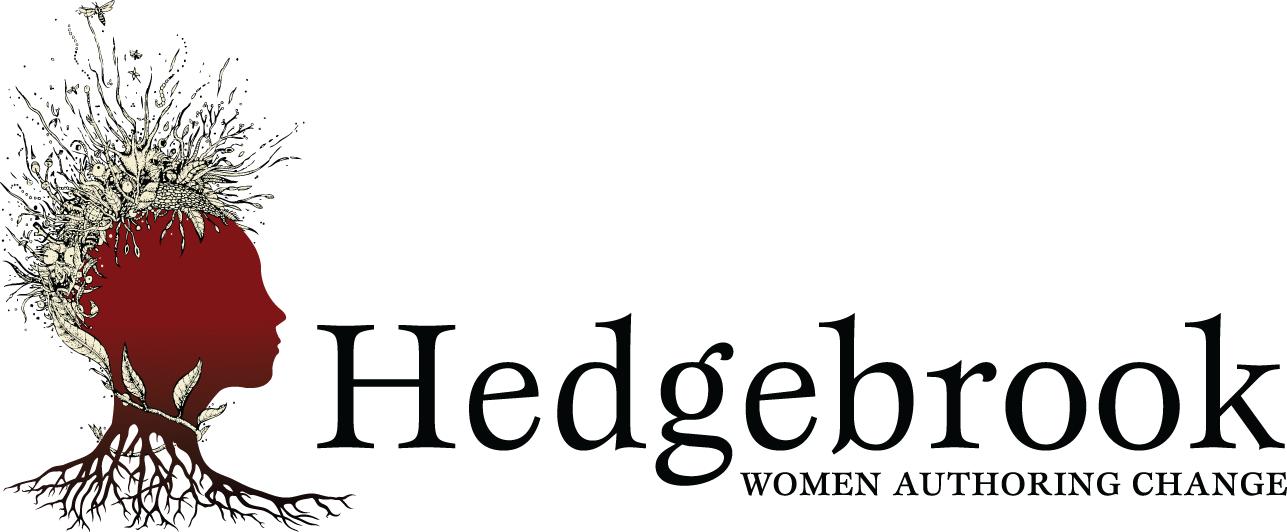Sacred Conversation
My friend Alison Townsend and I frequently evaluate how our days and weeks have gone based on whether we have “kept the appointment with the desk,” as she calls the time we spend writing. It’s not so much a measure of how much we have—or have not—accomplished that concerns us, but rather the quality of our lives that feel vastly diminished when we aren’t writing on a regular basis. It’s easy to discount the importance of our own writing in the lives of others. Yet, I don’t know how I would have survived as a writer—or, indeed, as a woman—without the essays, books, and poems written by Alison and other women writers whose work I love.Alison and I met 28 years ago when we had residencies at Hedgebrook. Although we’d both had poems published in literary magazines and anthologies, neither of us had had a book published, so we could hardly believe our luck at landing residencies there.I arrived at my Hedgebrook cottage just in time to walk down the hill to the farmhouse to meet the other writers for dinner. Alison, Joanne Mulcahy (the other resident), Dolores, the cook and manager, and I ate borscht followed by blueberries with cream for dessert. That night we three writers walked back to our cottages together, pausing to watch the lunar eclipse and, in the safety of darkness, speak more intimately of our lives. As soon as I returned to my cottage, I headed to my “desk” and began a poem for which Alison and Joanne were my muses.During the long writing days, I sensed them writing away in their cottages, imagining us as religious sisters in a Medieval Abbey, each of us doing our work in our cells, each making our small contributions to communal life. Although the subjects on which we wrote and our writing styles were unique, our writing seemed a kind of collaboration, as though we were silently engaging in a sacred conversation.In the evenings, we talked about how the day’s writing had gone and read to one another from the day’s harvest. Hearing that I’d never read Mary Oliver’s poetry, Alison lent me her copy of Oliver’s Twelve Moons. And we talked about our lives back home and the men we loved. The morning Joanne was to drive to the ferry, several days before Alison and I were leaving, we walked her to her car. Tears soft as the morning rain slid down my cheeks as I retraced my steps to my cottage. In just ten days, Alison and Joanne felt more like sisters than strangers—a bond formed by writing and the magic of the place.A few days after returning home, I sent Alison a postcard of goats that reminded me of Ozzie and Harriet, the pygmy goats we helped feed while at Hedgebrook. In return, I received a six-page handwritten letter. I’d never had anything like it before—six pages of her thoughtful and lyrical prose just for me! Our long letters flew back and forth—often accompanied by poems or essays—for decades, sending encouragement, appreciation, and stories from our lives. We became close enough that those letters became crucial healing balm when we lost those we lovedWhen Alison’s father died in 1999, I wrote, “I wanted to send an image that would comfort you, knowing there is no comfort for such a loss, yet also knowing how much your morning glory card, your phone call, and the book you sent meant to me when my father died. The best image I could think of was a cottage from Hedgebrook. Those cottages seemed to me to be wombs, dens of renewal and comfort. I would wish these things for you, Alison.” Along with the card, I sent Mary Oliver’ newest poetry collection.Eventually, our letters have turned into emails—less exciting than long letters in the mail, but far more frequent, and supplemented by phone calls during which we comment on each other’s recent poems and essays and comfort each other though calamities, great and small. Joanne and I continue to send letters and writing—less frequent, but still precious. The three of us also celebrate one another’s publications, all having published multiple books by now.Bruce, my husband of 25, years died five years ago, and the things that kept me alive in the following months were talks with my sister and friends and writing poems. I was also sustained by the poems and essays Alison and Joanne sent, keeping hope alive in me if only the hope that the mail would bring more of their words. The poems I was writing were about Bruce and me—about our lives together, my loss and widowhood, and about reclaiming joy. Alison read each one, helping me develop and edit them, and sometimes crying with me on the phone as we discussed them. The book, those poems became, Practicing the World, will be published by CavanKerry Press in 2018.When I arrived at Hedgebrook all those years ago, I knew that I had been given the amazing gift of time for writing in a gorgeous place and that this gift had boosted my confidence in my writing enormously. But I never expected that it would give me a sense of deep connection to the other two writers who shared that time with me, that they would become for me a community that would expand, in my heart, to all women who write, all those with whom I feel myself engaged in sacred conversation.
